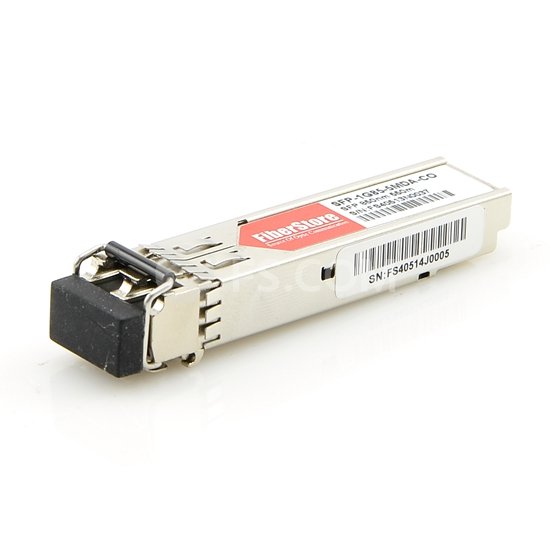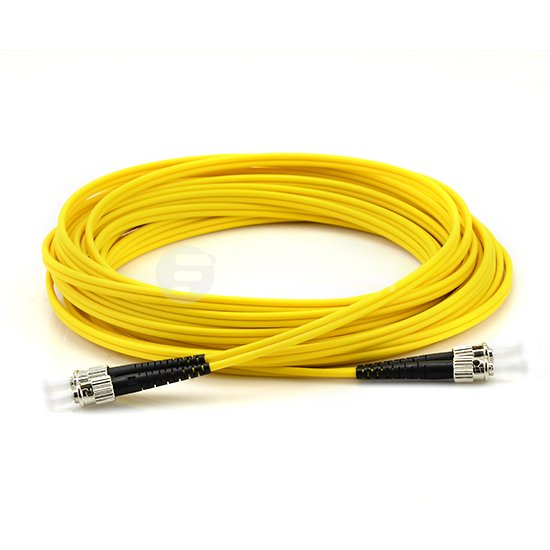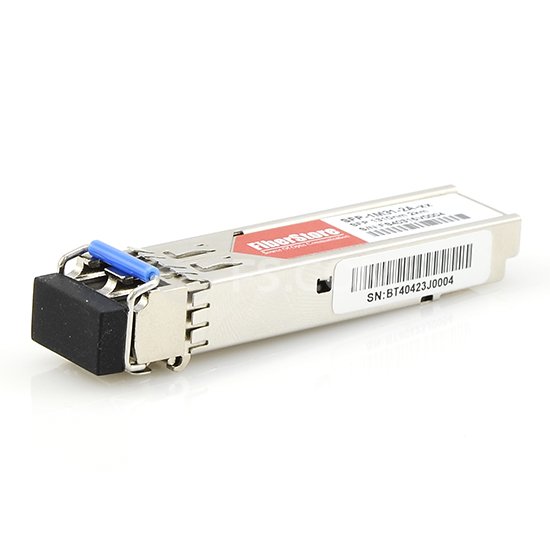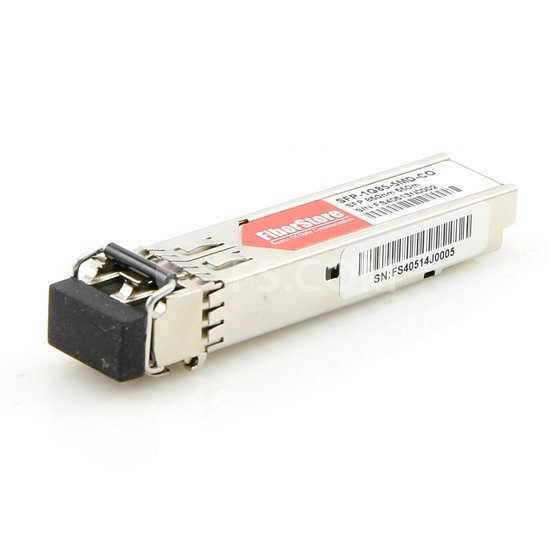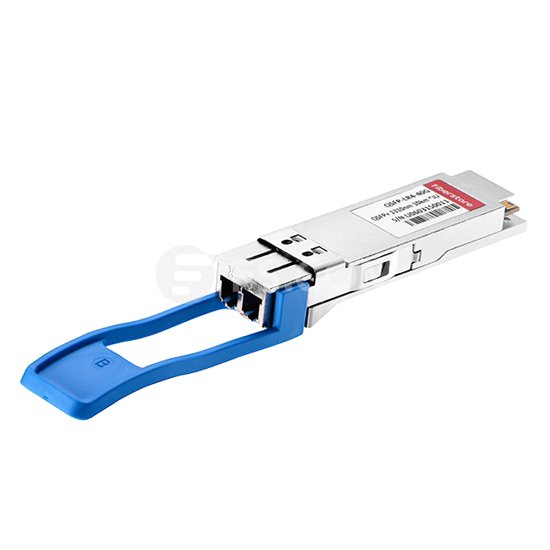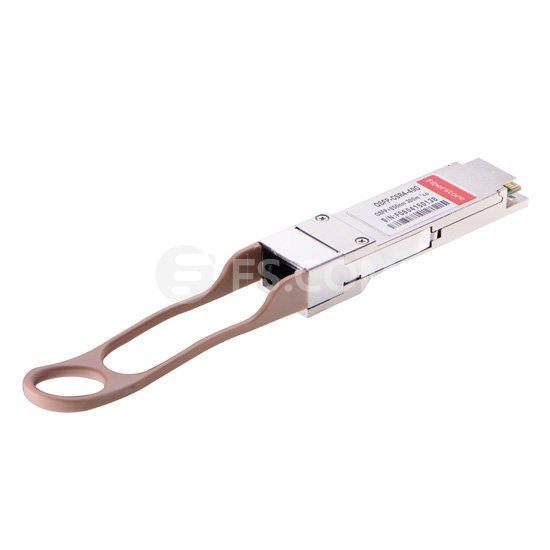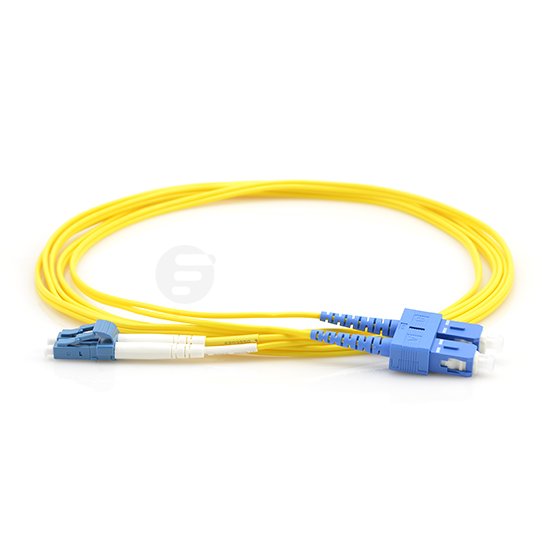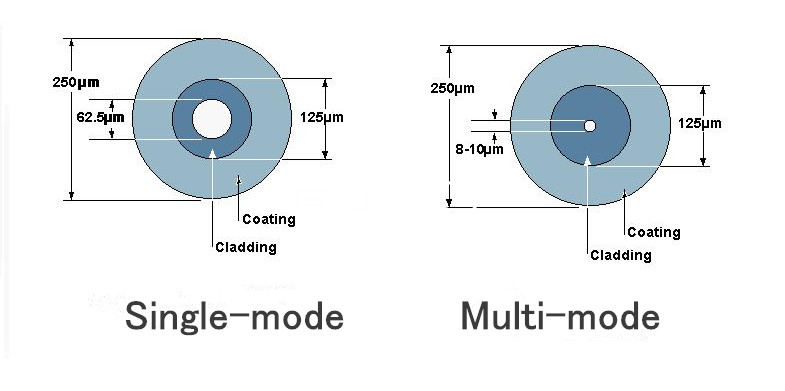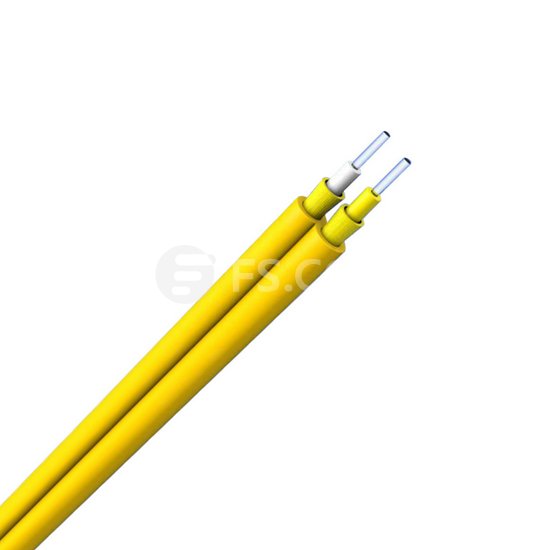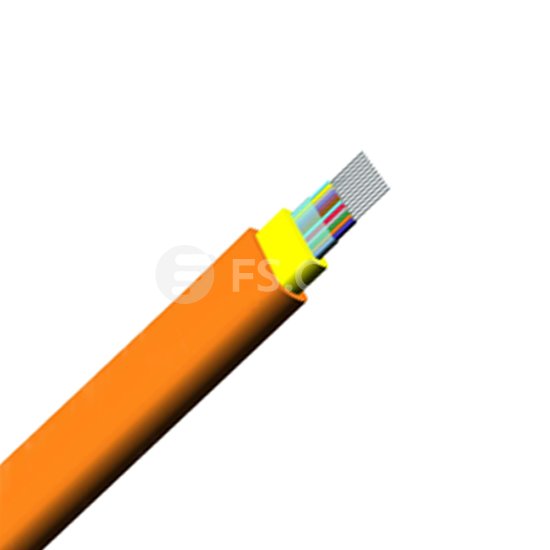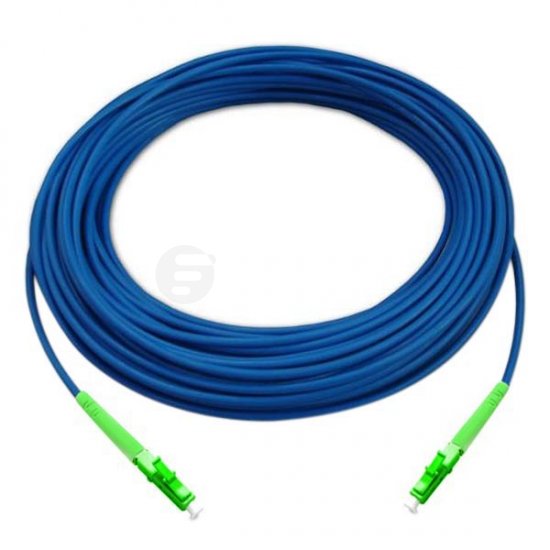Introduction to Cisco Gigabit Ethernet SFP Module
Gigabit Ethernet represents a merging of 8022.3 Ethernet and ANSI X3Tll fiber channel technology. There are five physical layer standards for Gigabit Ethernet using optical fiber (1000BASE-X), twisted pair cable (1000BASE-T), or shielded balanced copper cable (1000BASE-CX). Among them, 1000BASE-X is used in the industry to refer to Gigabit Ethernet transmission over fiber, where options include 1000BASE-SX, 1000BASE-LX, 1000BASE-LX10, 1000BASE-BX10 or the non-standard -EX and -ZX implementations. Cisco, the largest networking company in the world, provides a range of SFP transceivers for Gigabit Ethernet applications, including 1000BASE-T SFP, 1000BASE-SX SFP, 1000BASE-LX/LH SFP, 1000BASE-ZX SFP, or 1000BASE-BX10-D/U SFP on a port-by-port basis. This post mainly introduces these five Cisco Gigabit Ethernet SFP modules for your reference.
The 1000BASE-SX SFP is compatible with the IEEE 802.3z 1000BASE-SX standard. It operates on legacy 50 μm multimode fiber links of up to 550 m and on 62.5 μm FDDI (Fiber Distributed Data Interface ) grade multimode fibers up to 220 m. It can support up to 1 km over laser-optimized 50 μm multimode fiber cables. GLC-SX-MM and SFP-GE-S are the two earliest configurations of Cisco 1000BASE-SX SFP. Later GLC-SX-MMD (as shown in following picture) with DOM functionality appears.
The 1000BASE-LX/LH SFP is compatible with the IEEE 802.3z 1000BASE-LX standard. It operates on standard single-mode fiber optic link spans of up to 10 km and up to 550 m on multimode fibers. When it is used over legacy multimode fiber type, the transmitter should be coupled through a mode conditioning patch cable. This transceiver is joint with dual LC/PC connector. And the transmit and receive wavelength ranges from 1270 nm to 1355 nm.
The 1000BASE-EX SFP operates on standard single-mode fiber optic link spans of up to 40 km. A 5-dB inline optical attenuator should be inserted between the fiber optic cable and the receiving port on the SFP at each end of the link for back-to-back connectivity. And the transmit and receive wavelength ranges from 1290 nm to 1335 nm.
The 1000BASE-ZX SFP operates on standard single-mode fiber optic link spans of up to approximately 70 km. This transceiver provides an optical link budget of 21 dB, but the precise link span length depends on multiple factors such as fiber quality, number of splices, and connectors. When shorter distances of SMF (Single-mode Fiber) are used, it might be necessary to insert an inline optical attenuator in the link to avoid overloading the receiver. A 10-dB inline optical attenuator should be inserted between the fiber optic cable plant and the receiving port on the SFP at each end of the link whenever the fiber optic cable span loss is less than 8 dB.
The 1000BASE-BX-D/U SFP is compatible with the IEEE 802.3ah 1000BASE-BX10-D and 1000BASE-BX10-U standard. It operates on a single strand of standard SMF. A 1000BASE-BX10-D device is always connected to a 1000BASE-BX10-U device with a single strand of standard SMF with an operating transmission range up to 10 km. The communication over a single strand of fiber is achieved by separating the transmission wavelength of the two devices. That is to say, the 1000BASE-BX10-D transmits a 1490-nm channel and receives a 1310-nm signal, whereas 1000BASE-BX10-U transmits at a 1310-nm wavelength and receives a 1490-nm signal. Then a WDM (Wavelength Division Multiplexing) splitter integrates into the SFP to split the 1310-nm and 1490-nm light paths.
These Cisco SFP transceivers offer a convenient and cost effective solution for the adoption of Gigabit Ethernet in data center, campus, metropolitan area access and ring networks, and storage area networks. Besides, Cisco also provides other transceiver modules with high performance, such as 40GBASE-CSR4 QSFP+ transceiver (Cisco QSFP-40G-CSR4), 40GBASE CFP transceiver (Cisco CFP-40G-LR4), 100GBASE CXP transceiver (CXP-100G-SR10), etc. These Cisco transceivers can support Ethernet, Sonet/SDH and Fiber Channel applications across all Cisco switching and routing platforms.

